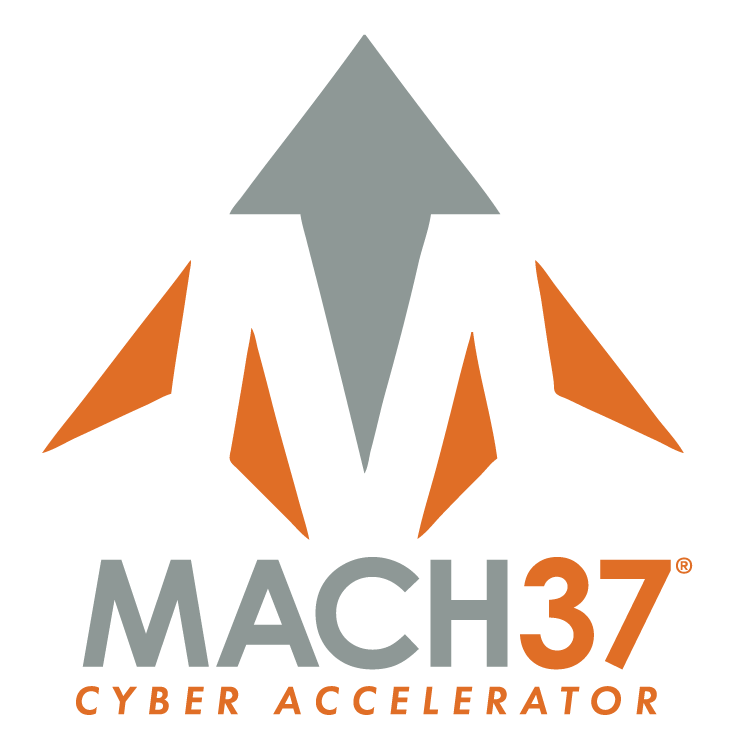Mach37 Spring Class 2016 Interview: Unblinkr
Mancy Sanghavi, Unblinkr Founder

What opportunity did you recognize that led to the founding of Unblinkr?
Mancy Sanghavi: 250 million cars will join the Internet of Things by 2020. Cars are running millions of lines of code and are just as susceptible to hacking as any computer network. Advanced driver assistance and connectivity features increase threat vectors on the connected vehicle. We identified an opportunity to make cars secure.
What specific value does addressing that opportunity/problem provide for your customers?
Sanghavi: Automotive Industry insiders acknowledge connected cars need to be secure from outside hackers. Through the publicity car hacking has received recently, consumers want to know their vehicles are safe. There are plenty of discussions on how to secure the connected car. Our product provides an answer to that question. By using our solution, car manufacturers can stay competitive and offer more advanced connectivity features for consumers.
Why aren’t current solutions addressing this opportunity/problem effectively?
Sanghavi: Cars today are infinitely more complex than the Model T designed by Henry Ford in 1908. Automotive companies have never had to think like technology companies in the past, and they are having to play catch up. Their design times have to be more responsive. We don’t have to play catch up because our team has been dedicated to this problem for over 5 years.
What makes your approach different and better from existing approaches?
Sanghavi: The connected vehicle space is new and there is no clear leader in aftermarket automotive cybersecurity. Cybersecurity is crucial in order for the market to adopt driverless cars. There are a few startups offering point solutions whereas we are taking a holistic approach. We believe in intelligent data by bringing context to increase awareness of the situation, thereby enabling us to make better decisions.
What about your (team’s) background puts you in a unique position to succeed?
Sanghavi: Our team has done research on the security and privacy concerns of these types of advanced technologies. We have bid on and received research grants to examine connectivity and have spent time in labs researching internal car networks. We conduct black box testing and pen testing on cars.
What one aspect of the Mach37 programs did you personally find most beneficial?
Sanghavi: The Mach37 program is incredibly beneficial and I highly recommend it. The 14-week program gives startups a unique chance to interact with experts and learn how to run a business from start to exit. Startups hone their message and learn the building blocks to take a litmus test of whether their idea can succeed in the marketplace. Mach37 helps you build your boat before they launch you into the waters.
Are there any adjacent industries transformed by your solution?
Sanghavi: Imagine summoning a driverless car via smartphone, revolutionizing taxi and parking industries. Targeted in-car advertising creates revenue opportunities for telecom and marketing industries. Insurance is getting ready for the day of driverless cars and when people aren’t paying car insurance anymore. Our solution helps track history and prove whether a car has been hacked. This is valuable information for insurers. However, these disruptions come with challenges. The FBI is concerned that driverless cars are a terrorist target. Centralization means more vulnerability and creates user privacy concerns.
What are the key market/economic forces in your industry?
Sanghavi: Over 35,000 people in the US die in road crashes each year. Driverless technology is the hope that the number will become zero. But we are replacing human error with a machine. If that machine becomes hacked, that is dangerous for the families riding in the car. One day anti-hacking software installed on a car will be mandatory, the way seatbelts and airbags are mandatory safety elements today. An industry driver is that revenues from connectivity are expected to increase sixfold from approximately $30 billion in 2014 to approximately $170 billion in 2020. Possible legislative mandates like SPY Car Act may fuel demand for Unblinkr product. An Executive Order mandates all government vehicles to address threat vectors by 2017. The EU eCall law will drive demand for the product overseas. Learn more about Unblinkr here.



